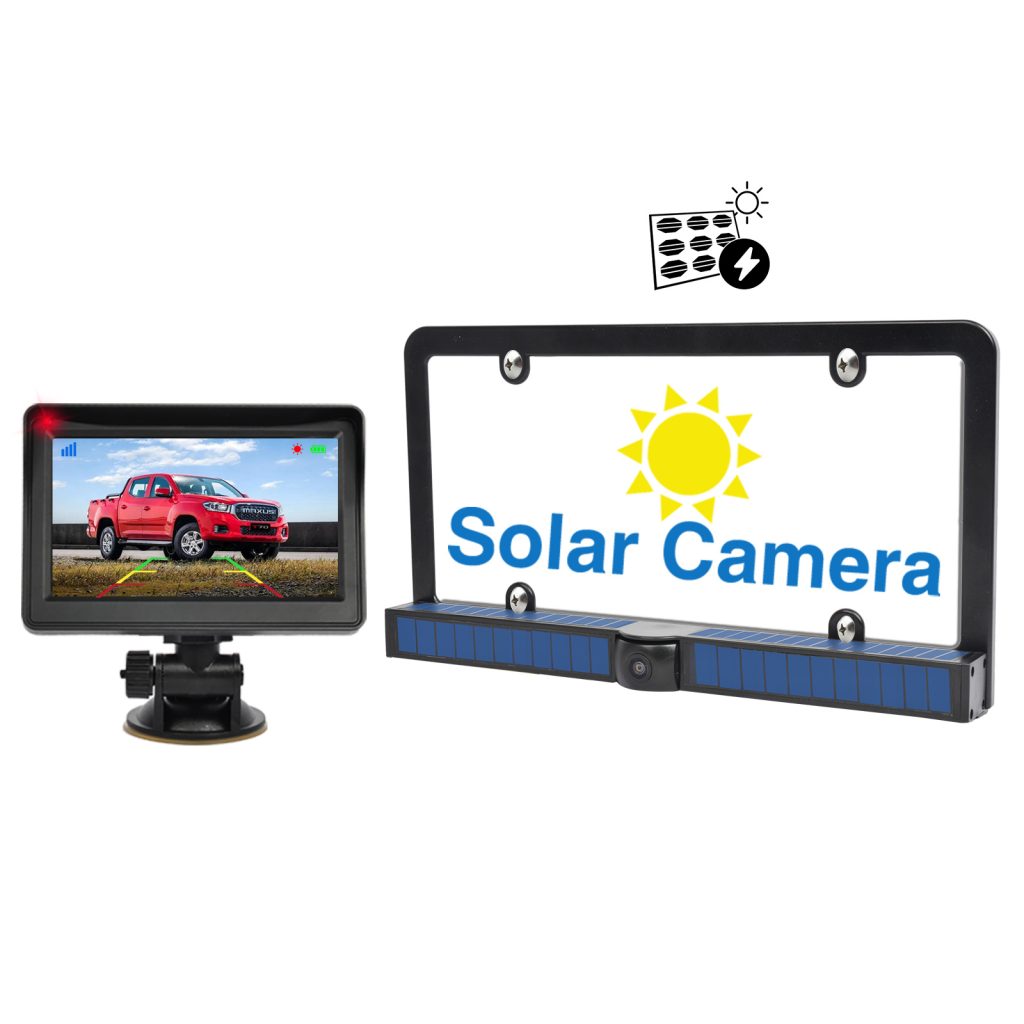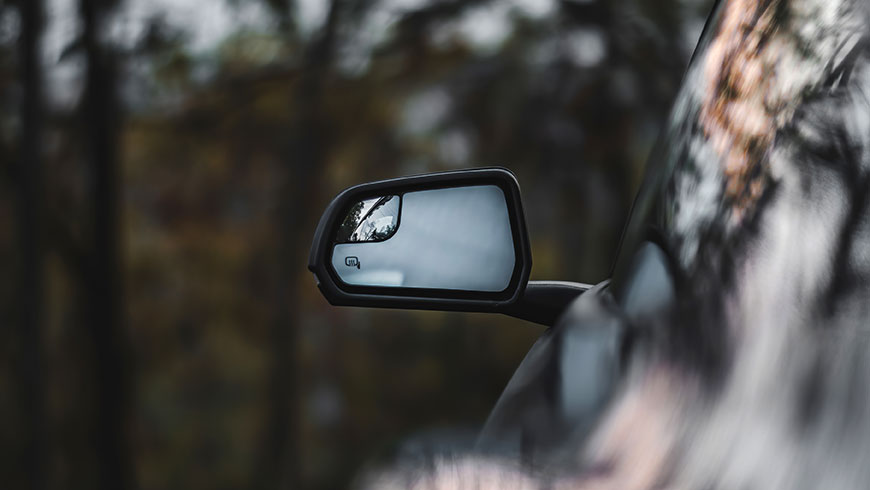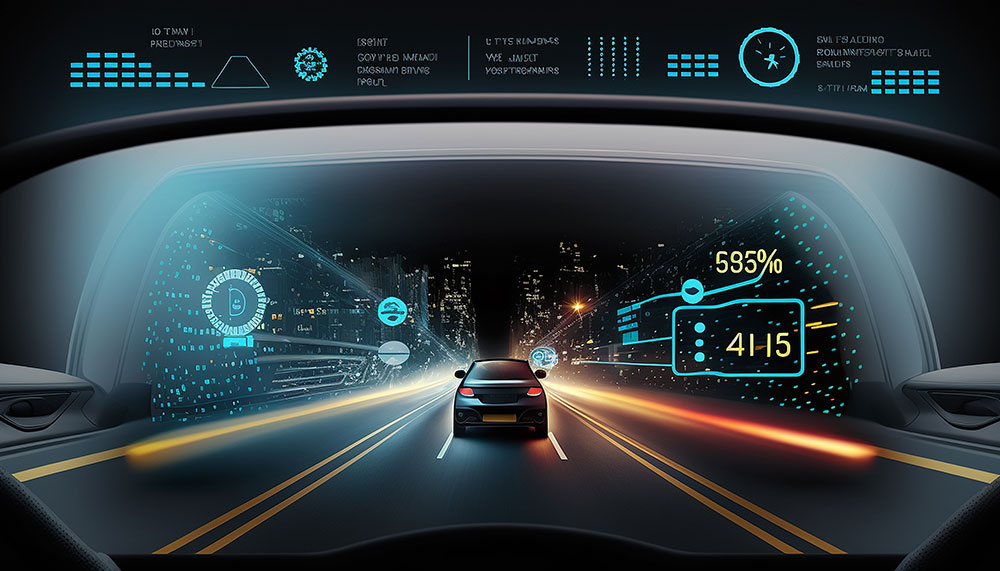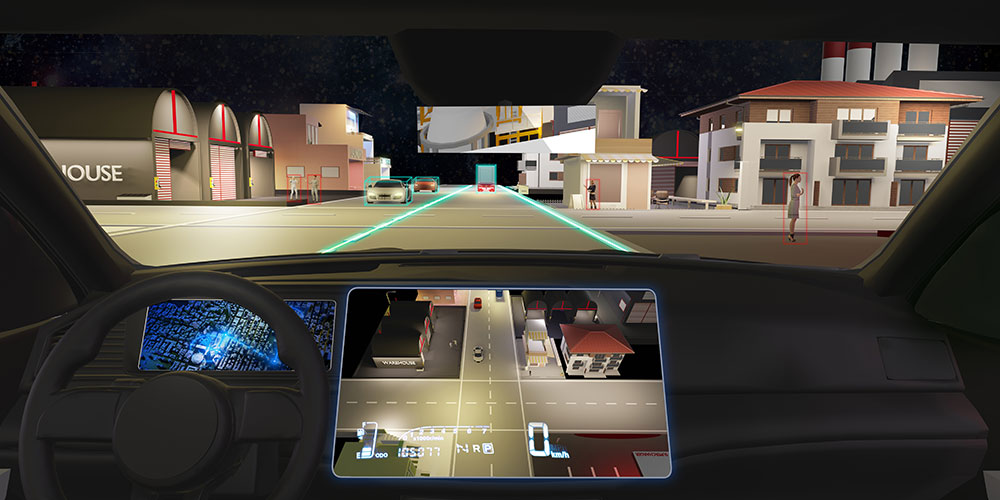Today’s never-ending technological innovation also extends to automotive enhancements, specifically wireless cameras for cars. An excellent safety measure to deter car theft, aid parking, capture video footage for insurance purposes, or even keep an eye on your vehicle, these gadgets have become a must-have.
Factors to Consider when Choosing a Wireless Camera for Your Car
When selecting a wireless camera for your car, it is essential to consider various factors. The camera quality and resolution are paramount, as it determines the clarity and sharpness of the image. Opt for a high-definition resolution, as more pixels will improve image quality.
Night vision is another crucial feature to consider. Look for a high-quality night vision camera that can provide clear footage even in complete darkness. The range of infrared LEDs, which provide night vision, can vary, so ensure that the camera has a decent range.
Consider the installation process as well. Some wireless cameras are easy to install and do not require professional assistance, while others may need professional installation. Review the installation guide before purchasing to determine if you can install it on your own or if you will require help.
The field of view is an essential factor, too. A wider field of view allows the camera to monitor a larger area, reducing blind spots and providing comprehensive surveillance coverage.
Evaluate the power source requirement of the wireless camera. Some cameras are battery-powered, while others need to be hardwired to the car’s power source.
Additionally, consider the camera’s durability to withstand harsh weather conditions and resist dust and water.

Wireless cameras use motion detection technology to start recording upon detecting movement. Some cameras also come with real-time alerts and notifications.
Check the wireless range of the camera, as it determines how far it can stay connected to the receiver. A more extensive range provides more flexibility in positioning the camera.
Consider the availability of a parking mode feature, particularly for higher-end models. This feature allows the camera to continue recording when the car is stationary, providing evidence in case of any damage.
Storage capacity is essential to consider, as it determines the amount of video footage the camera can store before overwriting old footage.
Establishing a budget is crucial when considering the price of wireless cameras, but be sure not to compromise on quality and reliability. Look into brand reputation and read reviews to gain insight into the quality and durability of the cameras.
Ensure the wireless camera system is compatible with your vehicle’s make and model.
Consider the camera’s battery life for battery-powered models and opt for a long-lasting battery.
Lastly, ensure that the wireless camera comes with a warranty. A warranty provides peace of mind and acts as insurance if any defects are encountered.
Understanding the Different Types of Wireless Cameras for Cars
Wireless cameras for cars, also known as backup or rear-view cameras, are essential safety features that help drivers back up their vehicles more safely. These cameras transmit images to the monitor wirelessly, eliminating the need for wiring between the camera and the monitor.
There are several types of wireless cameras for cars available in the market:
- Backup Cameras: These cameras are mounted on the vehicle’s rear and automatically send a video feed to a monitor when the car is put into reverse, providing the driver a clear view of what’s behind the vehicle.
- Dash Cameras: Typically mounted on the dashboard or windshield, dash cameras continuously record the view through a car’s windscreen. They may also include built-in technologies such as GPS and the ability to record in the dark.
- Side View Cameras: These cameras offer drivers a view of both sides of the car while driving or parking. Some are activated when the turn signal is used.
- 360 Degree Cameras: These cameras provide a panoramic view of a vehicle’s surroundings by utilizing four ultra-wide-angle cameras in a multiple-lens setup.
- Mirror Cameras: Mirror cameras integrate the camera into a rear-view mirror. Some advanced versions can switch from a mirror to a monitor at the flip of a switch.

When comparing wireless versus wired cameras, it’s important to note that they are easier to install as they don’t require wiring from the back of the car to the dashboard. However, they may be prone to interference from other devices. On the other hand, wired cameras offer a more stable and precise image but require a more complex installation process.
When choosing a wireless camera for your car, consider critical features such as image quality, night vision capabilities, field of view, guidelines on the monitor, and weather resistance. Additionally, ensure the camera is compatible with your car and can integrate easily with your existing setup.
The price of a wireless camera varies based on its features, brand, and type. High-end camera systems with high-definition video, wide field-of-view, and advanced features are more expensive than basic models.
The Importance of Video Resolution and Quality
The resolution largely affects how sharp and clear the footage is; the higher the resolution, the more detailed the video. Full HD and Ultra HD settings on modern car cameras can capture intricate details such as face recognition or license plates, aspects that could prove invaluable during mishaps or legal proceedings.
In addition, high-resolution cameras often feature a wide dynamic range (WDR), that guarantees good footage in varying light conditions, further enhancing the camera’s effectiveness.
However, good video quality goes beyond resolution. It involves aspects like frame rate, bit rate, video compression, and lighting considerations. A higher frame rate results in smoother footage, crucial during high-speed expeditions. The bit rate factor is equally important as it controls the amount of information stored in each frame, indirectly influencing the video quality.
Furthermore, video compression methods, such as H.264 and H.265, are beneficial for maintaining high video quality while successfully reducing video size, thus optimizing storage consumption. Also, advanced night vision capabilities in modern cameras ensure reliability even during nighttime, enhancing the camera’s versatility.
Last but not least, the wireless connectivity provided by these cameras permits real-time updates, remote viewing, and fast data transfers. All these factors combine to underline the pivotal role of video resolution and quality in a wireless car camera. These considerations should guide your buying decisions when looking for the best wireless camera for your car.
Evaluating Night Vision Capabilities in Wireless Car Cameras
Night vision capacity is an essential aspect to consider when selecting the perfect wireless car camera. Primarily aided by infrared technology, this feature ensures clear imagery during low-light or night conditions, thus enhancing safety during such situations.
Infrared (IR) night vision is the prevalent technology in wireless car cameras. Cameras equipped with numerous high-quality IR LED lights have the advantage as they perform well in complete darkness. The layout of these LEDs around the camera lens also influences the image quality.
Several factors need to be considered when assessing night vision functionalities. These include image clarity and range, counting and configuration of IR LEDs, as well as the Lux rating – a lower Lux rating indicating high performance in low light. Other pertinent factors include High Dynamic Range (HDR) technology, image processing technologies like Wide Dynamic Range (WDR) and backlight compensation (BLC), resolution, color night vision, and anti-glare properties.

Potential buyers are also urged to scrutinize product reviews and ratings for first-hand user experiences before making a purchase. A comprehensive understanding of these aspects will guide you towards a wise selection to fulfill your requirements and preferences.
Exploring the Range and Signal Strength of Wireless Car Cameras
The range of wireless car cameras can vary greatly depending on the type, model, and other variables. Most rear-view backup cameras can transmit images effectively within 10-15 feet (standard for pass-through signals). However, top-end devices with dedicated RF signals can cover ranges of 60-100 feet. On the other hand, Wi-Fi-based cameras that connect to a smartphone app can have an even greater degree, potentially reaching up to 150-200 feet under optimal conditions.
Signal strength is a crucial factor in determining the quality of the image and video received from wireless car cameras. Several factors can influence signal strength, including the distance between the camera and the receiver, obstructions such as metal interference or thick walls, and the specific technology used in the device (RF, Wi-Fi, Bluetooth, etc.).
Various factors can affect the range and signal strength of wireless car cameras. Firstly, the distance between the camera and the receiver plays a significant role, as the further apart they are, the weaker the signal tends to be. Therefore, vehicles such as RVs, trucks, and trailers may require cameras with a more excellent range.
Additionally, obstructions such as car bodies, walls, or metal can interfere with signal strength. Interferences from other devices operating on similar frequencies, such as Wi-Fi networks, car alarms, or Bluetooth devices, can also disrupt video signals. Furthermore, extreme weather conditions like heavy rainfall or snow may distort the signal, reducing its strength and affecting the clarity of the image.
When selecting a wireless car camera, looking for one that holds its signal strength over greater distances and through various obstructions is essential. Mounting a dedicated antenna can also improve reception. Advanced models may come with signal boosters or clever software features to ensure a reliable signal.
The technology used in wireless car cameras can also impact signal strength. Most cameras use Radio Frequency (RF) for real-time feed transmission but are subject to interference. Some cameras utilize Wi-Fi to send video to a display or smartphone, providing better range but potentially draining the vehicle’s battery over time, and they struggle to stay connected in areas with multiple active Wi-Fi networks.

To get an accurate understanding of a wireless camera’s range and signal strength, it is recommended to refer to user reviews and independent tests. Manufacturers provide theoretical values, but numerous variables can influence real-life performance.
It is essential to consider whether a camera requires constant power or if it is motion-activated when choosing a wireless car camera. Stable power models may maintain a consistent signal but can drain vehicle batteries faster. Motion-activated cameras activate when the reverse gear is engaged or when motion is detected.
The Federal Communications Commission (FCC) regulates the frequencies on which wireless devices, including car cameras, can operate to avoid interference with emergency services. Wireless devices must comply with FCC standards for frequency use, which is indicated by the FCC label on electronic devices.